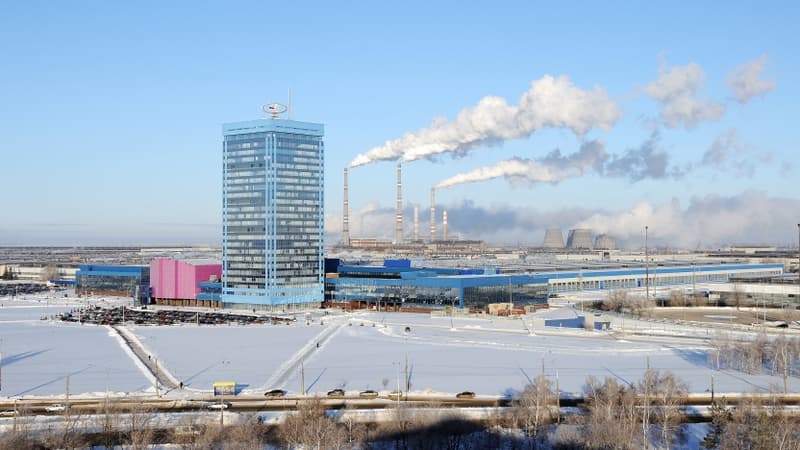From a high potential market to an inactive market. Following the outbreak of war in Ukraine on February 24, 2022, Russia saw its auto industry collapse. In the context of international sanctions and calls to boycott companies that would continue with their local activity, many groups had quickly announced their withdrawal in the first months of the conflict, Renault and Stellantis in particular.
A production divided by four
“The Ukrainian war had many implications for the Russian automobile industry. Direct consequences with the exit from this market of a very high number of foreign manufacturers, but also indirect ones, with difficulties in supplying various components”, sums up Alexandre Marian, Alixpartners consultant. .
Some figures provided by the Inovev firm allow us to understand the magnitude of the phenomenon. Russian car production has thus fallen from 1.57 million units assembled in 2021, to just 600,000 last year, a drop of 61%.
The effect is even more noticeable when focused from March to December, with a total drop in production since the start of the conflict. During this period, production was divided by four.
In fact, the Renault factories, in Moscow and Togliatti, have gone from a monthly production of several thousand units to 0 since the first months of the war in Ukraine, according to Inovev data.
A collapse that is also found in sales, which went from just over 1.66 million units in 2021 to 687,000 units in 2022. The drop in car production could not really be offset by imports.
“Before the war in Ukraine, Russia was not really a car-importing country, with significant local production,” Alexandre Marian underlines.
Industrial changes that will take several years
However, the Russian authorities have tried to facilitate the resumption of production, even going so far as to lower the prerequisites in terms of safety standards:
“Given the lack of components, the Russian government’s exceptions have made it possible to produce vehicles with less safety equipment. But, in a car, there are between 3,000 and 7,000 components, some of which are essential and still hard to find. new suppliers and available components could also be allocated to other priority sectors”, explains Alexandre Marian.
More generally, some observers expected to see the foreign manufacturers that left Vladimir Putin’s country replaced by Chinese brands. But that doesn’t show up in Inovev’s production data. China’s imports do not appear to have increased over the period.
“For such changes, an industrial establishment or even changes in export flows, it takes longer, between 3 and 7 years. It is estimated that the return to 60%-70% of Russian car production before the war will take several years, said Alejandro Mariano.
Source: BFM TV


